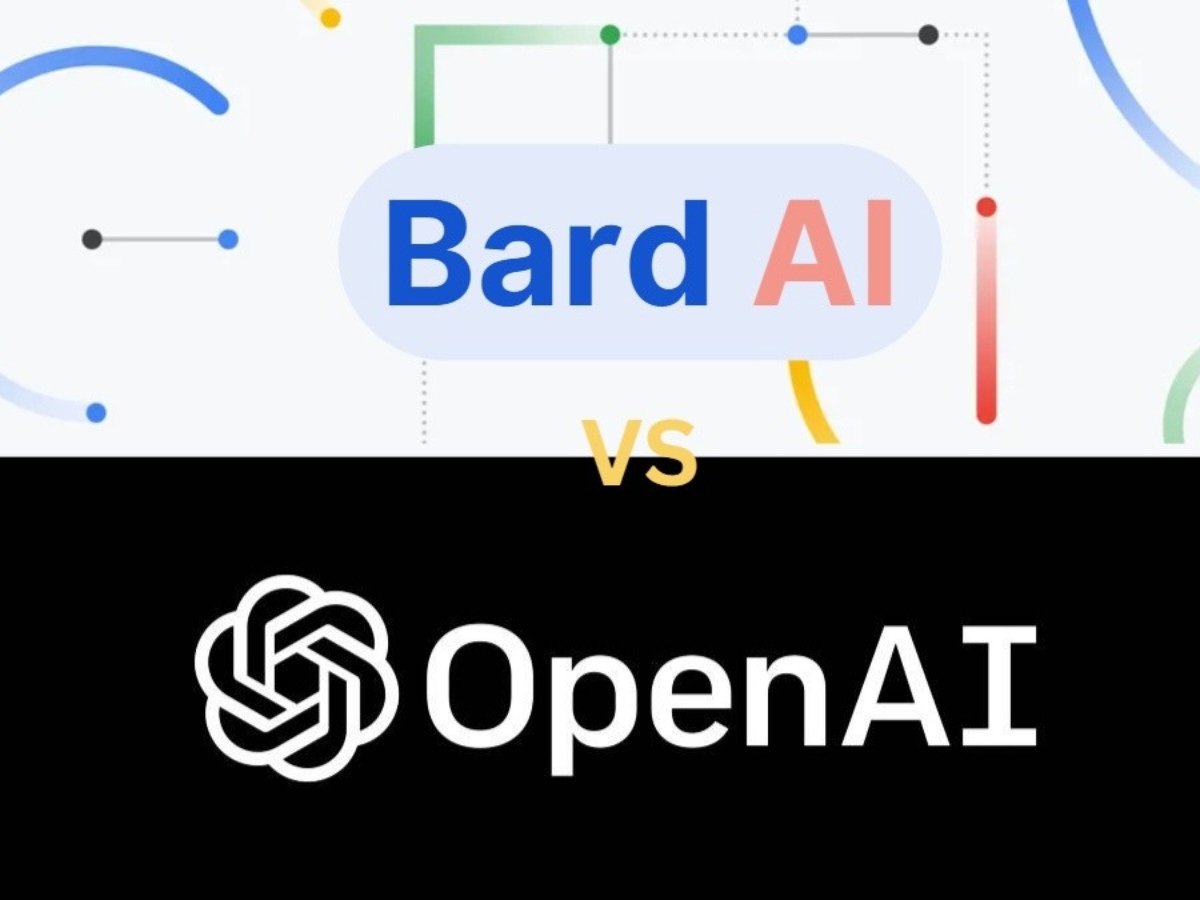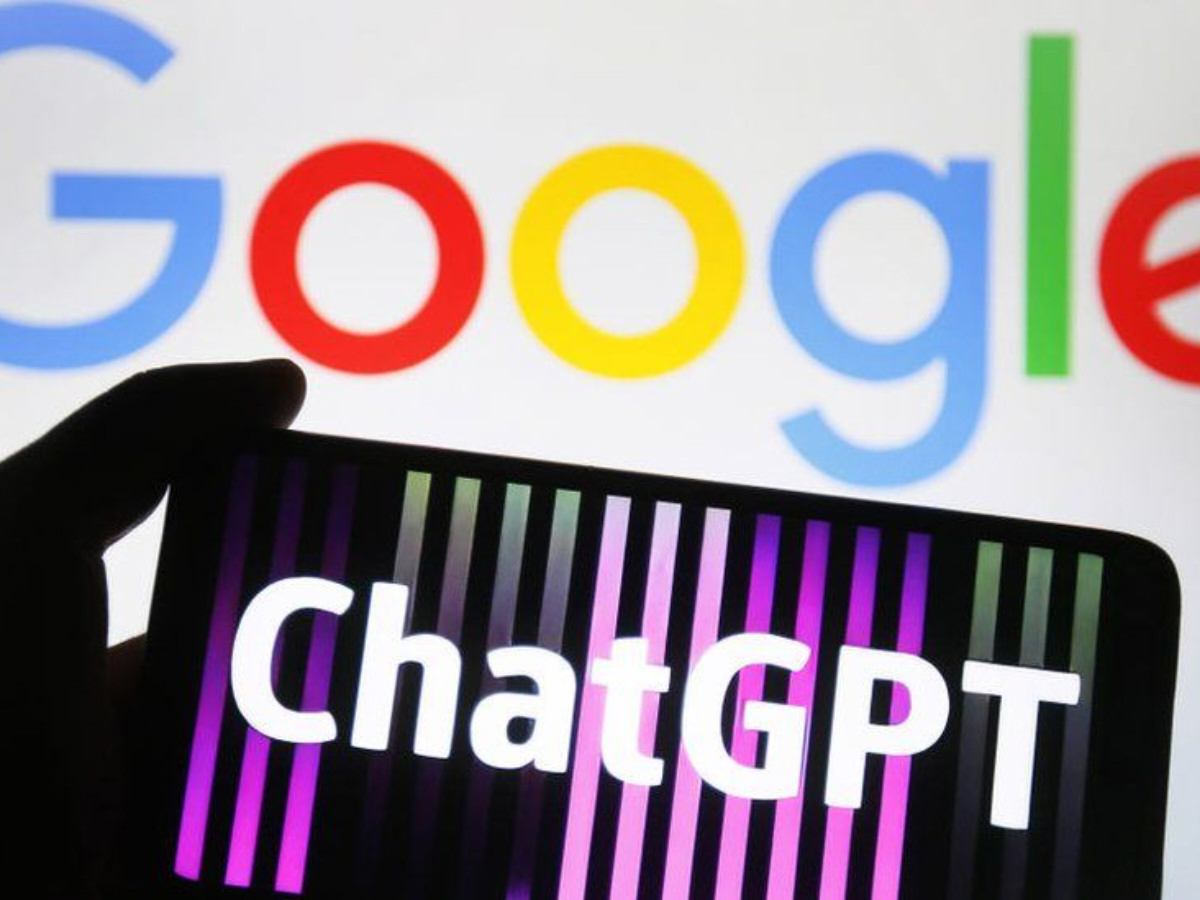ChatGPT has been all over the news lately. The artificial intelligent bot software has in a way revolutionalized search engines on the internet. It has been able to provide human-like answers to nearly all kinds of queries. Now, Google has come up with its own AI chatbot called Bard.
Ever since OpenAI’s bot has been creating a buzz, the tech giant ramped up its work on their own chatbot. Now, they are ready with it. So let’s find out what this Bard actually is and how it works in times of rapid technological advancements and AI dominance.
Related: What Is ChatGPT And How Can You Use It?
Google Launches Bard To Compete With ChatGPT

Microsoft-backed OpenAI’s chatbot ChatGPT has been posing a real threat to Google and its search engine ever since it started creating a buzz. Now, the tech giant has come up with its own chatbot called Bard.
According to Wired, Google has confirmed that the company will soon start public testing on its own AI chatbot called Bard. It will be based on their Language Model for Dialogue Application (LaMDA).
Sundar Pichai, the CEO of Alphabet and Google, wrote in a blog post that AI-based features would roll out on Google Search in near future. He has called Bard an “experimental conversational AI service” which the company will be “opening it up to trusted testers ahead of making it more widely available to the public in the coming weeks.”
In case you missed: How To Drop A Pin On Google Maps?
How To Access It?

Bard is not publicly available as of now but will be in a couple of weeks or months. It has been in testing for around two years since Google did not want any errors in its feature that could put a dent in the company’s image.
In the blog post, the company mentions that Bard “draws on information from the web to provide fresh, high-quality responses.” This means that it will be able to provide human-like answers.
However, the model is a “lightweight” version of LaMDA, and the one being “requires significantly less computing power, enabling us to scale to more users, allowing for more feedback.” It will be interesting to see how things pan out in near future.
You might also like to read: What Is Brandon Falls Landmark On Google? How Is It Related To Joe Bidens Bike Fall Incident?






